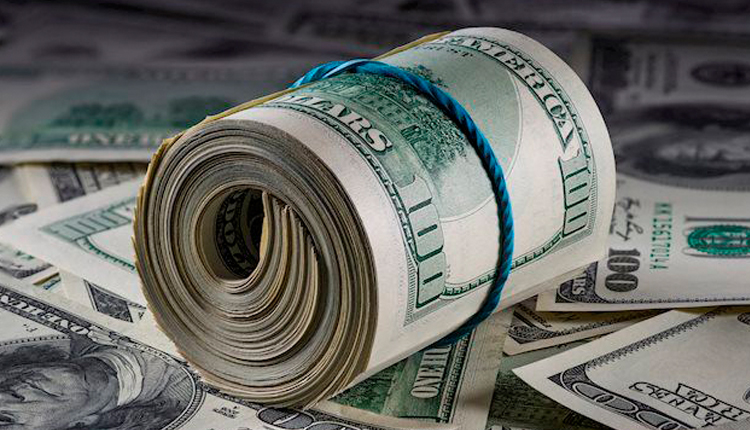The dollar rose on Friday, hitting 10-week-highs against the yen, as risk appetite improved amid a more upbeat outlook on some major economies of the world and the prospect of a trade deal between China and the United States.
The dollar index, a gauge of the currency’s value against six major currencies, rose 0.4 percent on Friday, posting its largest daily percentage gain in two weeks.
“Looking at the whole G10 (Group of 10 major currencies) space, there has been more follow-through from U.S.-China trade optimism that was already in the process of getting priced in during the month of February,” said Stephen Gallo, European head of FX strategy, at BMO Capital Markets in London. “Meanwhile, one of the biggest boosts to the U.S. dollar is coming from a weak yen,” he added.
Friday’s slew of weaker-than expected U.S. economic data weighed on the dollar initially, especially the manufacturing index, but the greenback rallied to trade higher on the day.
In afternoon trading, the dollar index rose 0.36 percent to 96.51. For the month of February, the dollar index was up 0.4 percent. The dollar was also supported by data on Thursday showing U.S. gross domestic product grew at an annual 2.6 percent rate in the fourth quarter, exceeding forecasts for a 2.3 percent gain.
Benchmark 10-year U.S. Treasury yields have risen about nearly 10 basis points this week, the highest weekly increase in four months. The yield surged to 2.759 percent on Friday, a four-week high.
The dollar was up 0.52 percent against the yen at 111.95 yen after hitting a 10-week peak, its best daily increase since Feb. 11.
Sterling was also down 0.55 percent versus the dollar at $1.3192, its largest percentage fall in roughly three weeks.
The euro, meanwhile, slipped 0.1 percent against the greenback at $1.1359.
Earlier data showed that underlying inflation in the euro zone remained subdued. The euro zone single currency rose earlier versus the dollar after news that a U.S. manufacturing index had fallen in February to its lowest since November 2016.
The Institute for Supply Management’s U.S. manufacturing index fell to 54.2 in February from 56.6 the previous month. The prices paid index, a measure of inflation, also fell, to 49.4, the weakest since February 2016.
Other economic data were also soft, with a weaker-than-expected University of Michigan consumer sentiment index for February as well as a drop in both U.S. personal income and spending. These reports underscore expectations for weaker growth momentum in the first quarter.
“All of these things are putting a damper on the dollar. The market was looking for a stronger recovery after the shutdown,” said Joe Trevisani, senior analyst, at FXstreet.com in New York, referring to the 35-day partial U.S. government shutdown that ended Jan. 25. “It’s not a big collapse, but it’s not as strong as people thought,” he added.



